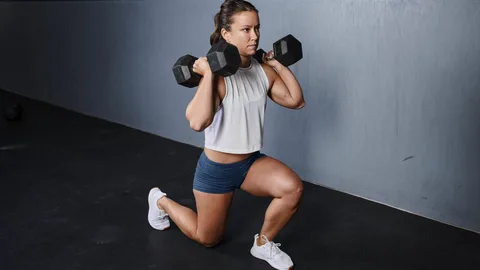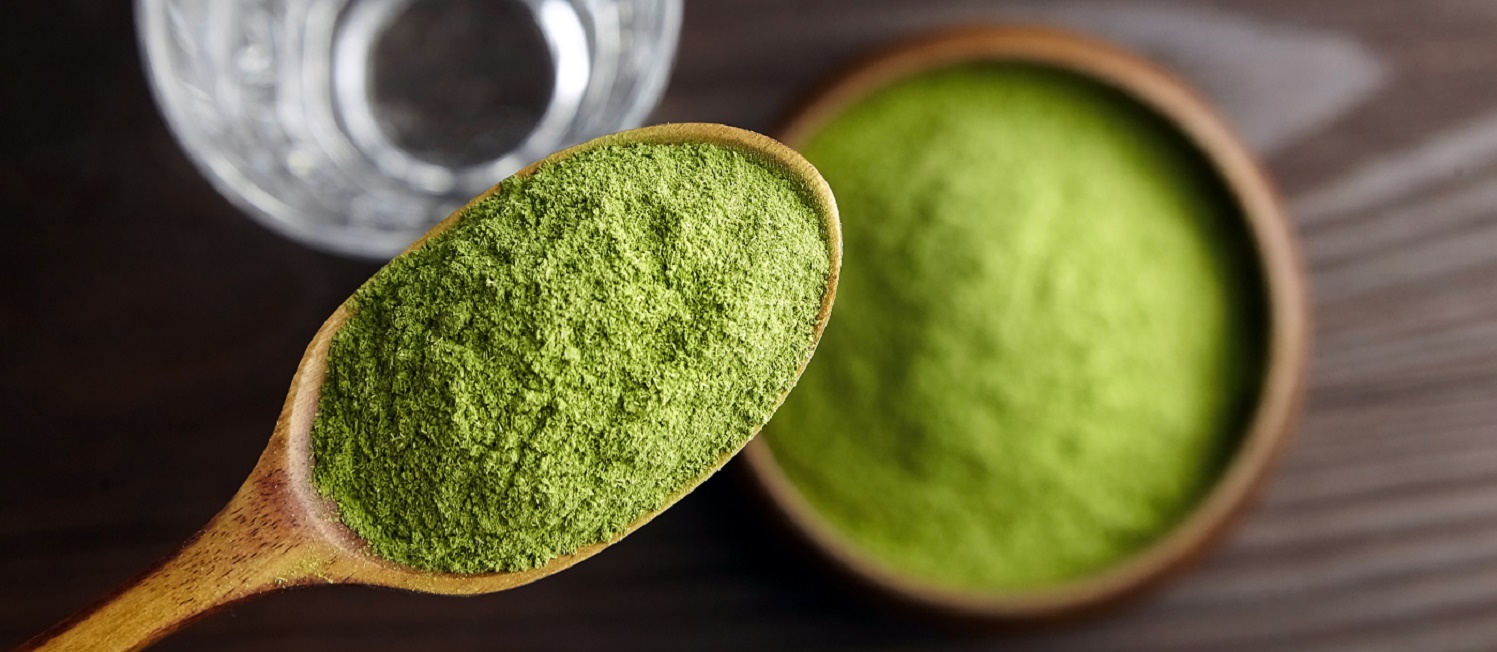Introduction to Building Muscle Without Weights
Building muscle without weights, also known as calisthenics or bodyweight training, involves using your body’s own resistance to challenge and strengthen your muscles. This form of exercise has been practiced for centuries and offers several advantages, including convenience, affordability, and the ability to train anywhere, anytime.
Benefits of Building Muscle Without Weights
Before diving into the specific exercises, let’s explore some of the key benefits of building muscle without weights:
Convenience
Bodyweight exercises require minimal equipment and can be performed virtually anywhere, making them ideal for those with busy schedules or limited access to a gym.
Versatility
There is a wide variety of bodyweight exercises targeting different muscle groups, allowing for a diverse and comprehensive workout routine.
Functional Strength
Many bodyweight exercises mimic natural movement patterns, helping to improve overall strength, coordination, and mobility for real-world activities.
Scalability
Bodyweight exercises can be easily modified to accommodate different fitness levels, from beginners to advanced athletes, by adjusting factors such as leverage, range of motion, and intensity.
Improved Body Composition
Regular bodyweight training can help increase muscle mass, reduce body fat, and improve overall body composition, leading to a leaner and more athletic physique.
13 Moves That Let You Build Muscle Without Weights
Push-Ups
Targeting the chest, shoulders, and
triceps, push-ups are a fundamental upper body exercise that also engages the
core for stability. To perform a push-up, start in a plank position with hands
shoulder-width apart, lower your body until your chest nearly touches the
ground, then push back up to the starting position.
Pull-Ups/Chin-Ups
A challenging exercise for the back,
biceps, and forearms, pull-ups involve pulling your body weight up to a bar or
other elevated surface. Grip the bar with hands slightly wider than
shoulder-width apart, palms facing away (pull-ups) or towards you (chin-ups),
and pull yourself up until your chin clears the bar.
Bodyweight Squats
A staple lower body exercise,
bodyweight squats target the quadriceps, hamstrings, glutes, and calves. Stand
with feet shoulder-width apart, lower your body by bending your knees and hips,
keeping your chest up and weight on your heels, then push through your heels to
return to the starting position.
Lunges
Lunges are excellent for targeting
the quadriceps, hamstrings, glutes, and calves, as well as improving balance
and coordination. Step forward with one leg, lowering your body until both
knees form 90-degree angles, then push back up to the starting position and
repeat on the other side.
Planks
Planks are a core-strengthening
exercise that also engage the shoulders, chest, and back. Start in a push-up
position with hands directly under shoulders, elbows locked, and body in a
straight line from head to heels. Hold this position for as long as possible
while keeping your core tight and avoiding sagging or arching.
Burpees
A full-body exercise that combines
elements of strength, cardio, and agility, burpees target multiple muscle
groups including the chest, shoulders, arms, core, and legs. Begin in a
standing position, squat down and place your hands on the ground, jump feet back
into a plank position, perform a push-up, jump feet back to hands, then explode
upwards into a jump.
Dips
Dips primarily target the triceps,
shoulders, and chest, as well as engaging the core and stabilizing muscles.
Using parallel bars or sturdy elevated surfaces, grip the bars with hands
shoulder-width apart, lower your body by bending your elbows until your upper
arms are parallel to the ground, then push back up to the starting position.
Mountain Climbers
Mountain climbers are a dynamic
exercise that targets the core, shoulders, chest, and legs, while also
providing a cardiovascular challenge. Start in a push-up position, bring one
knee towards your chest, then quickly switch legs, alternating in a running
motion while maintaining a plank position.
Jump Squats
Jump squats are a plyometric exercise
that targets the lower body, including the quadriceps, hamstrings, glutes, and
calves, while also improving explosive power and athleticism. Begin in a squat
position, explode upwards into a jump, reaching for the sky with your arms,
then land softly and immediately transition into the next repetition.
Reverse Lunges
Similar to forward lunges but with a
different emphasis, reverse lunges target the same muscle groups while placing
less stress on the knees. Step backward with one leg, lowering your body until
both knees form 90-degree angles, then push back up to the starting position
and repeat on the other side.
Bicycle Crunches
Bicycle crunches are an effective
core exercise that also engages the obliques, hip flexors, and lower back. Lie
on your back with hands behind your head, bring one knee towards your chest
while simultaneously rotating your torso to touch the opposite elbow to the
knee, then switch sides in a pedaling motion while keeping your shoulders off
the ground.
Single-Leg Romanian Deadlifts
Single-leg Romanian deadlifts are a
unilateral exercise that targets the hamstrings, glutes, lower back, and core,
while also improving balance and stability. Stand on one leg with a slight bend
in the knee, hinge at the hips to lower your torso while keeping your back flat
and reaching towards the ground with the opposite hand, then return to the
starting position and repeat on the other side.
Push-Up Variations (Diamond, Wide Grip, Decline, Incline)
By modifying hand placement or
elevating the feet, you can target different areas of the chest, shoulders, and
triceps with push-up variations. Experiment with diamond push-ups (hands close
together), wide grip push-ups (hands wider than shoulder-width apart), decline
push-ups (feet elevated), and incline push-ups (hands elevated) to vary the
intensity and challenge your muscles in new ways.
Now, let’s explore 13 effective bodyweight exercises that target various muscle groups and can help you build strength and muscle mass:
Tips for Effective Bodyweight Training
Focus on Form
Proper form is crucial for maximizing the effectiveness of bodyweight exercises and reducing the risk of injury. Pay attention to your alignment, engage the appropriate muscles, and move through a full range of motion with control.
Progressive Overload
To continue making gains in strength and muscle mass, gradually increase the difficulty of your workouts over time. This can be achieved by adding reps, sets, or difficulty variations to your exercises.
Rest and Recovery
Allow adequate time for rest and recovery between workouts to allow your muscles to repair and grow stronger. Aim for at least 48 hours of rest between sessions targeting the same muscle groups.
Stay Consistent
Consistency is key when it comes to building muscle and seeing results. Aim to incorporate bodyweight exercises into your regular workout routine at least 2-3 times per week for optimal benefits.
Frequently Asked Questions (FAQs)
Can bodyweight exercises build muscle mass?
Yes, bodyweight exercises can stimulate muscle growth and hypertrophy, especially when performed with proper form and progressive overload.
Can bodyweight exercises replace weightlifting for building muscle?
While bodyweight exercises can be effective for building muscle, they may not provide the same level of resistance and overload as traditional weightlifting. However, they can still be a valuable component of a well-rounded strength training program.
Do bodyweight exercises require any equipment?
No, bodyweight exercises can be performed with minimal or no equipment, making them accessible to virtually anyone, anywhere.
Are bodyweight exercises suitable for beginners?
Yes, bodyweight exercises are suitable for beginners, as they can be modified to accommodate different fitness levels and abilities.
How often should I do bodyweight exercises to see results?
Aim to incorporate bodyweight exercises into your workout routine at least 2-3 times per week for optimal results. However, individual frequency may vary depending on factors such as fitness goals, recovery capacity, and other forms of physical activity.
Can bodyweight exercises help with weight loss?
Yes, bodyweight exercises can contribute to weight loss by increasing calorie expenditure, building muscle mass (which burns more calories at rest), and improving overall fitness and metabolism.
Can bodyweight exercises be combined with other forms of exercise?
Yes, bodyweight exercises can be incorporated into a variety of fitness routines, including cardio, flexibility, and mobility training, to create a well-rounded and balanced workout program.
Conclusion
Building muscle without weights is not only achievable but can also be highly rewarding and effective. By incorporating bodyweight exercises into your workout routine, you can develop strength, muscle mass, and overall fitness without the need for traditional gym equipment. Whether you’re a beginner looking to get started or an experienced athlete seeking new challenges, the 13 moves outlined in this guide offer a versatile and accessible means to achieve your fitness goals. So why wait? Start harnessing the power of bodyweight training and unlock your full potential today!
- Neck Line Filler Treatment Near Titsey, Surrey - June 5, 2025
- Why The Vessel Craftsman Series Vape Has A Cult Following - June 3, 2025
- Why The Vessel Craftsman Series Vape Has A Cult Following - June 3, 2025




